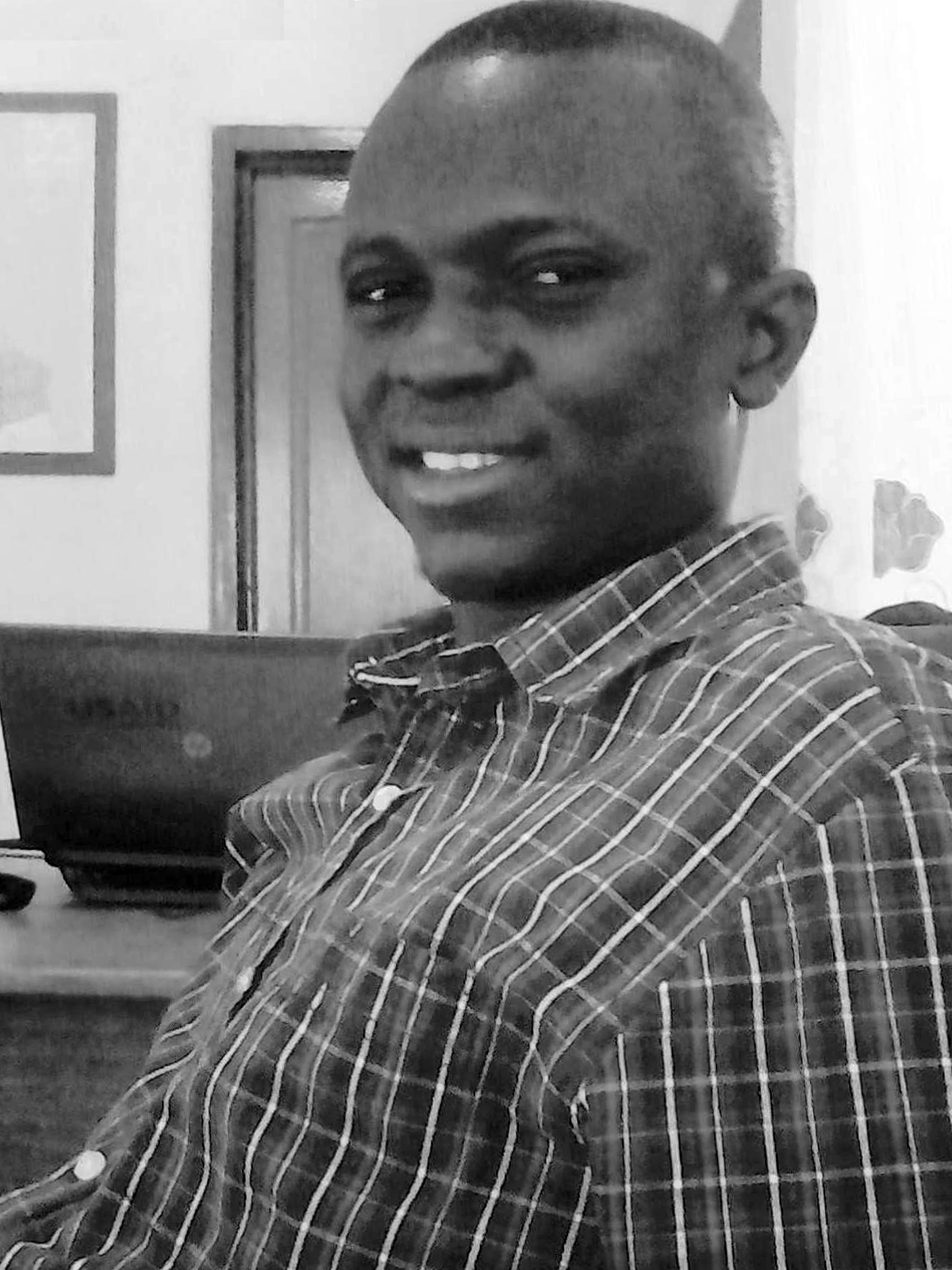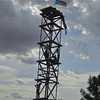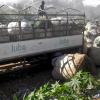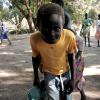Many South Sudanese stuck in the dark, as lighting costs spiral
It is not the subject matter that makes studying for exams hard for eight-year-old Palma Kiden from Central Equatoria State, but the lack of lighting.
Her father, Godfrey Kei, who teaches at St. Theresa primary school in Juba says, she had been doing better at school until the economic crisis struck and fuel for their kerosene lamp was no longer available at the local market of Wudu.
Kiden and her younger brother rely on an LED-lamp powered by a pair of AA-dry cell batteries which provides them light for their homework.
With inflation making lighting increasingly expensive, Godfrey Kei now plans to buy a solar charged lamp.But that means paying high costs for new batteries, as the lamp needs at least two new sets per month. Each pair now costs SSP 15 (around US$ 5), around three times as much as they cost last summer.
I have continued to support them by buying adequate batteries for the lamp,” Kei says, explaining that the LED lamp was the best alternative to the kerosene lamp.
But with inflation making lighting increasingly expensive, he now plans to buy a solar charged lamp, though that will be hard: As a teacher, he earns less than 1,000 South Sudanese pounds a month, which, at the current black-market rate of exchange, would mean about US$ 100.
School children across South Sudan face similar constraints, as the majority of parents cannot afford petrol-run generators to power their houses since more than 51 percent live on less than a dollar a day.
The cost of lights and other basics have spiralled in recent months as the South Sudanese Pound slumped versus the US Dollar. The salaries of civil servants and company employees have not increased to compensate for the price rises.
Given the ongoing violence agriculture has halted in many regions and many vital goods are imported, making the dollar-priced goods increasingly inaccessible to many South Sudanese.
At Konyo Konyo, Juba’s busiest market, local solar dealers sell a set of solar equipment capable of lighting two 5-watt bulbs at SSP 600. For Kei, it would mean spending more than half his monthly earnings.
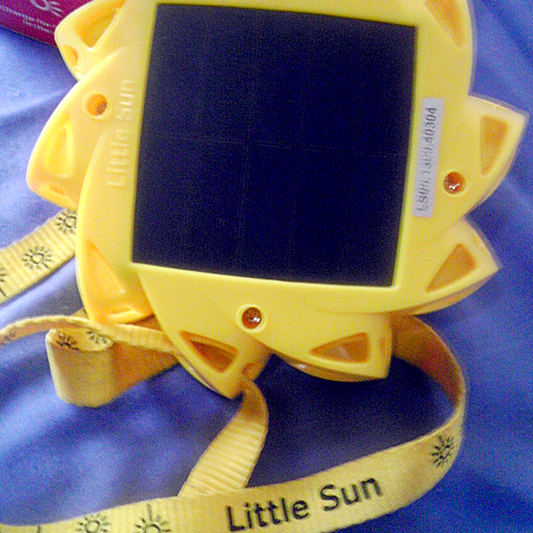 A solar lamp by Little Sun, displayed in Juba, June 10, 2015.
A solar lamp by Little Sun, displayed in Juba, June 10, 2015.
One company supplying cheap solar products around Africa and some parts of the world is the Little Sun, an award winning German company with headquarters in Berlin. Little Sun produces solar powered lamps at a retail sale price of US$ 10 in many countries.
According to the company, which over the last month appeared to be making a headway to South Sudan, lighting solutions could lie in solar energy, especially in wake of global concerns over environmental safety.
In an interview with The Niles, the company’s communications person Rabea Koss says they are willing to look for partners in South Sudan who would distribute the solar lamps, which are powered by rechargeable AAA-batteries.
We are currently researching which groups will best support our goals of bringing a scalable renewable energy solution to many hands in the country,” she says.
Olivier Laboulle, a French environmentalist, says that in the long run it is easier buying a solar set than owning and running a generator set, a kerosene lamp or non-rechargeable battery-powered led-lamp with maintenance costs attached.
If for example, you buy a solar lamp at about US$ 10, it could be a better investment than buying three pairs of batteries monthly throughout the year at a cost of SSP 30 per month,” he explains, adding that using solar power avoids the pollutants emitted from power generators.
In South Sudan, for many access to clean energy and lighting remains a remote dream. For residents in the country’s major cities like Juba, Wau and Malakal, public electricity is produced by generators owned by the government and available sometimes to some.
In Malakal, however, the infrastructure has been devastated and power lines damaged in successive attacks on the town by government and rebel forces.
 Solar panels installed on a roof in Juba, June 10, 2015.
Solar panels installed on a roof in Juba, June 10, 2015.
In Wau, residents continue to face power outages and residents have to rely on noisy generator sets in the night.
In Juba, the government power sources supplied by the state-owned South Sudan Electricity Corporation has been intermittent. Authorities say they lack sufficient fuel and spare-parts to run the generators.
Meanwhile, many South Sudanese are forced to stay in the dark. In most rural villages, the only source of light at night is still the kerosene lamp.
